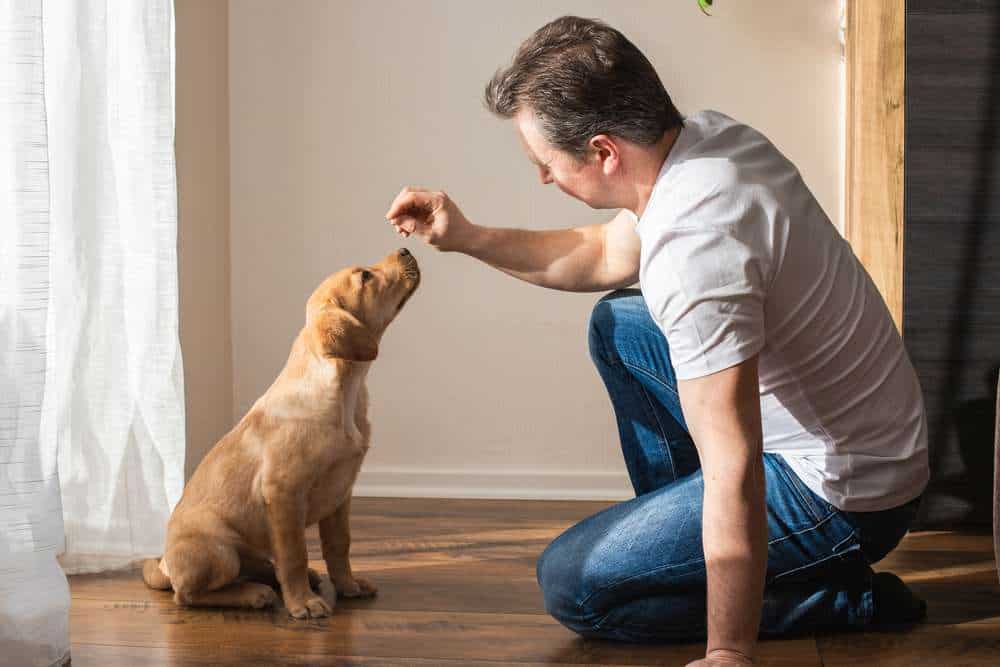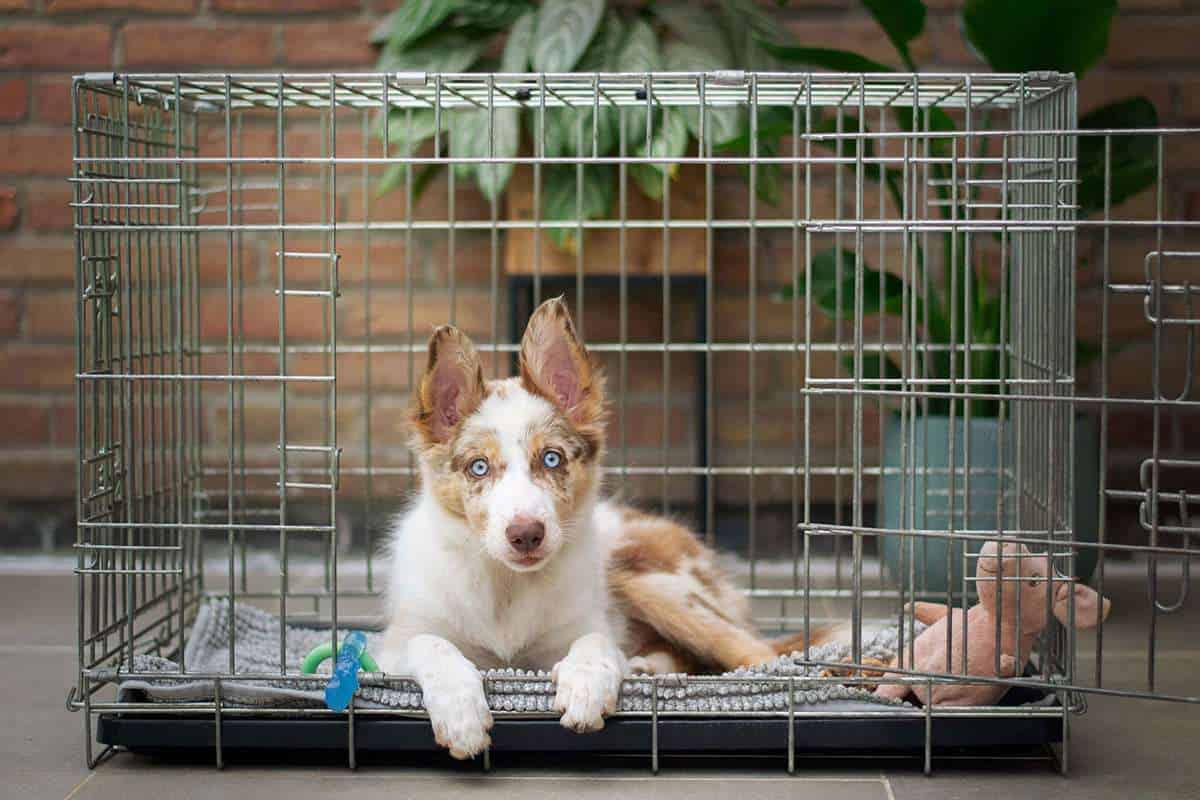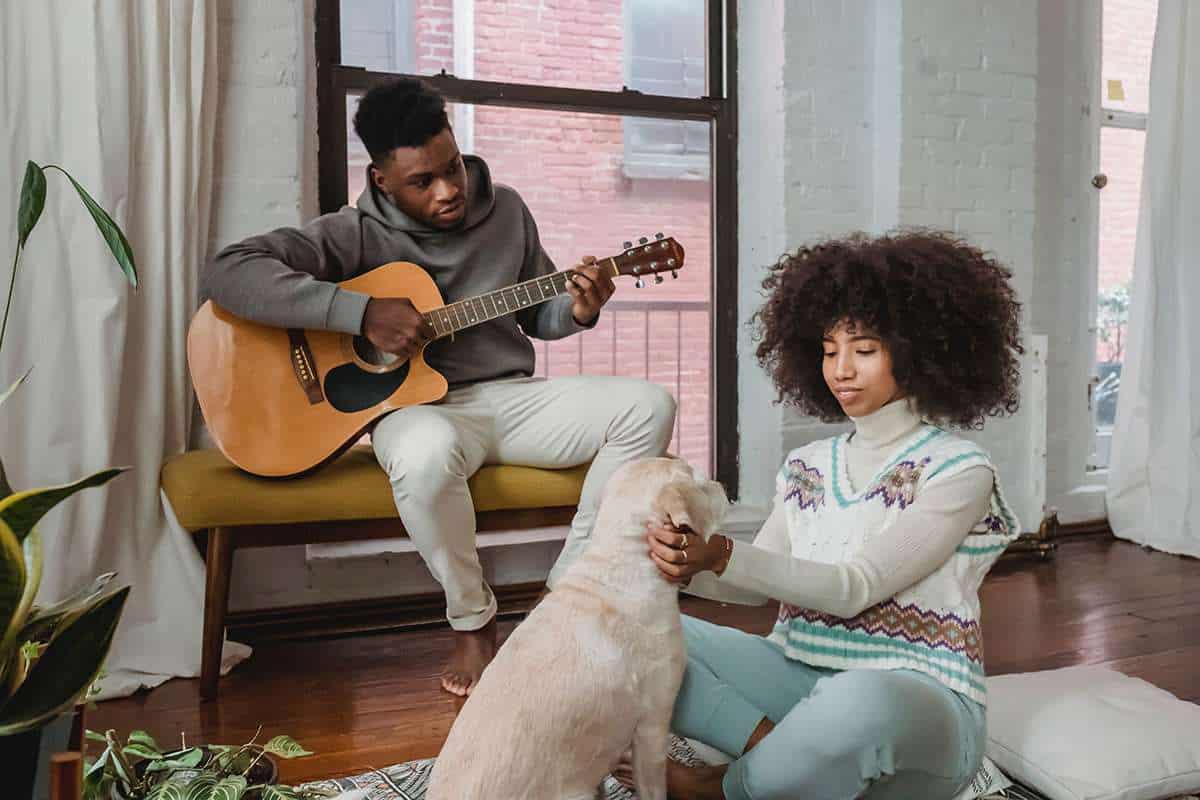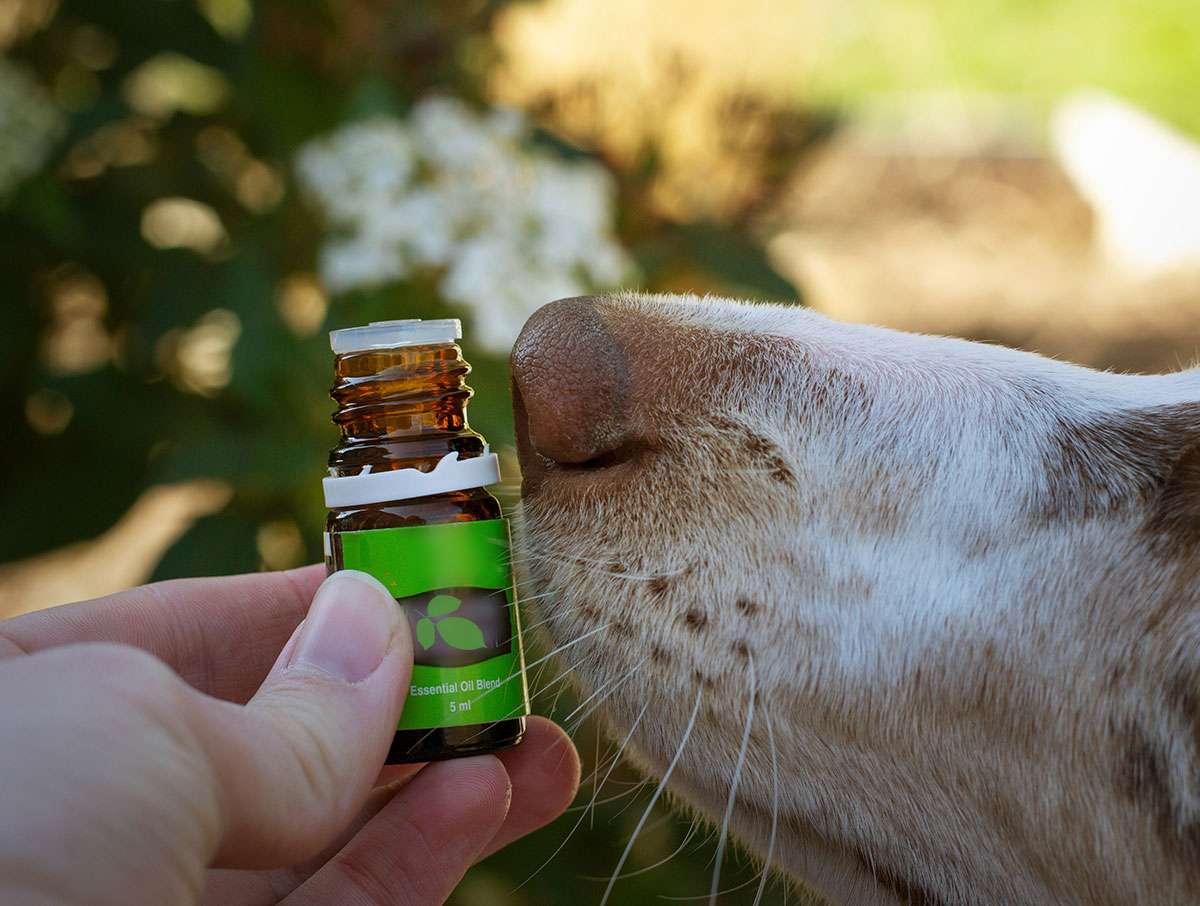Here’s a step-by-step dog separation anxiety training plan using the most up-to-date methods to help you train your dog to overcome separation anxiety.
Step 1: Understand the Signs and Symptoms
The first step in dog separation anxiety training is understanding the signs and symptoms of separation anxiety in your dog. These can include excessive barking or howling, destructive behavior, attempts to escape, pacing, and inappropriate elimination. If your dog is showing these signs, it’s likely they’re struggling with separation anxiety.
Step 2: Create a Safe Space
A key component of dog separation anxiety training is creating a safe, comfortable space for your dog. This could be a specific room, a crate, or a gated area. The goal is to create a space where your dog feels secure and comfortable even when you’re not there. You can add their favorite toys, a comfortable bed, and even an item of your clothing that smells like you.
Step 3: Gradual Desensitization
Start by leaving your dog alone in their safe space for very short periods of time (just a few minutes). Gradually increase this time as your dog becomes more comfortable. This process is known as desensitization and it’s a key part of helping your dog overcome separation anxiety.
Step 4: Implement Counter-Conditioning
Counter-conditioning involves changing your dog’s emotional response to being alone. You can do this by associating your departure with something positive, like a treat or a favorite toy. Over time, your dog will start to associate your departure with positive feelings instead of anxiety.
Step 5: Practice Departure Cues
Dogs are very perceptive and they often pick up on cues that indicate you’re about to leave (like picking up your keys or putting on your shoes). Practice these cues without actually leaving to help your dog get used to them and reduce their anxiety.
Step 6: Stay Calm During Departures and Arrivals
Make sure your departures and arrivals are calm and low-key. If you make a big fuss when you leave or return, it can increase your dog’s anxiety.
Step 7: Consider Professional Help
If your dog’s separation anxiety is severe, it may be helpful to enlist the help of a professional. A certified dog trainer or a veterinary behaviorist can provide personalized training and guidance.
Step 8: Be Patient and Consistent
Remember, overcoming separation anxiety takes time and patience. Be consistent with your training and celebrate small victories. With time, patience, and consistent training, your dog can learn to feel more comfortable when left alone.
Tips for Successful Separation Anxiety Training
Successful dog separation anxiety training is all about patience and understanding. Here are a few tips to help you along the way:
- Start Small: Begin by leaving your dog alone for short periods. It could be as brief as a few minutes. Gradually increase this time as your dog becomes more comfortable.
- Create a Safe Space: Designate a specific area in your home where your dog feels safe and comfortable. This could be a crate, a specific room, or a gated area.
- Establish a Routine: Dogs thrive on routine. Establish a consistent schedule for feeding, walks, playtime, and alone time.
- Use Positive Reinforcement: Always reward your dog for good behavior. This could be a treat, a favorite toy, or lots of praise.
- Stay Calm: Dogs pick up on our emotions. If you’re anxious about leaving, your dog will be too. Stay calm and confident during departures and arrivals.
- Be Patient: Progress may be slow, and that’s okay. Celebrate small victories and don’t get discouraged by setbacks.
- Stay Consistent: Consistency is key in training. Stick to your routine and training methods.
- Seek Professional Help if Needed: If your dog’s anxiety is severe, don’t hesitate to seek help from a professional dog trainer or behaviorist.
Remember, every dog is unique and what works for one dog may not work for another. Always tailor your training to suit your individual dog’s needs and consult with a professional if needed.




Leave a Reply